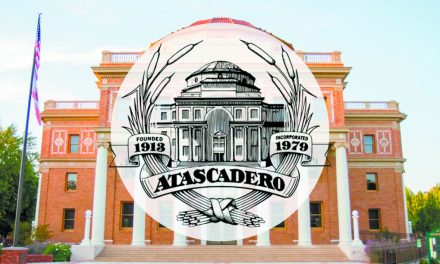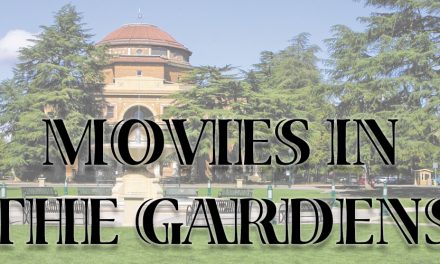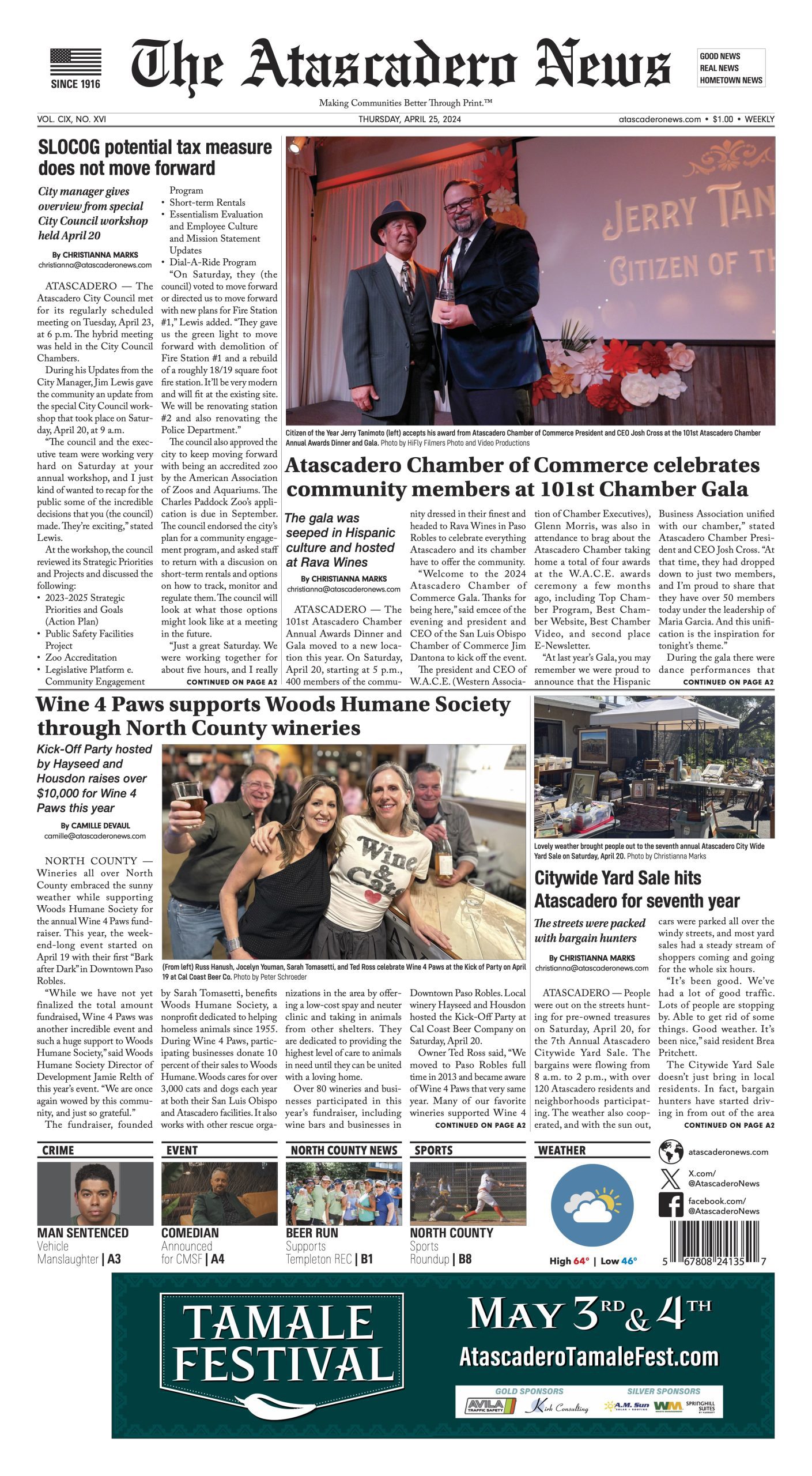Will change method for calculating impacts
ATASCADERO — In an effort to protect its infrastructure and promote more stay-and-play businesses, a new policy by the City of Atascadero may have high-traffic generating businesses looking elsewhere to set up shop.
Instead of banning drive-thrus like the City of San Luis Obispo, Atascadero City Council voted 5-0 to put in place a policy that directs staff to implement the City’s existing “alternative cost per single trip method” for calculating impact fees for businesses such as gas stations, coffee shops, car washes and other congestion-building business.
“Drive-thru and fuel station businesses are considered incompatible with future corridor goals and will reduce the ability of other retail, lodging, or job producing land uses to locate there due to potential traffic impacts,” the staff report stated.
The policy also gives staff the ability to responsibly restrict new drive-thru businesses in the city, especially along the El Camino corridor.
According to the staff report, the Del Rio/San Anselmo area has been identified as a commercial node along the El Camino corridor that features office parks, mixed-use, commercial tourist and experience retail uses. Drive-through businesses, fuel stations, and other high traffic producing uses are considered incompatible with future corridor goals and will reduce the ability of other retail, lodging, or job producing land uses to locate there.
“The origin of this discussion came from the fact that we have over 16 fuel stations and over 16 drive-thrus in a city of 30,000…it’s tearing away at our ability to provide other quality businesses based on our ability to address traffic impacts, that’s really what this is all about,” Community Development Director Phil Dunsmore said.
In his presentation to the Council, Dunsmore listed some surprising facts of how much traffic some businesses produce. He stated that drive-thru restaurant/coffee shops generate an average of 1,500 trips in one day and gas stations produce an average of 2,400 trips per day compared to sit-down restaurants that create an average of 168 trips a day.
“It’s a nationally recognized manual that we all rely on for estimating trips,” Dunsmore said. “They’re averages, some of these actually are higher, I mean certain brands or restaurants that we have in town are much higher than other brands even though they are the same size.” He went on to say, “What we have found doing our own analysis is that they are pretty darn close.”
Councilmember Charles Bourbeau voiced his concern about the accuracy of the numbers, saying that he was “incredulous.” Dunsmore said the source was the Institute of Transportation Engineers manual.
Not fully convinced of the traffic numbers, Bourbeau showed concern about how high the impact fees were set. These fees require developers to pay for all or a portion of the costs of providing public services to the new development.
City Manager Rachelle Rickard said the numbers were pulled from the Development Fee Nexus Report and that funds collected are to be used only for improvements of existing infrastructure. Rickard also stressed the City’s need for impact fees based on its unique position along Highway 101.
“We have basically nine onramps/offramps interchanges here in town and almost every single one is a pinch point along El Camino, so there’s a lot of improvements that we need to make to keep traffic flowing freely at all those intersections,” Rickard said.
Seconding the motion to implement the policy changer, Councilmember Susan Funk, summed up the Council’s lengthy discussion.
“I think that what we’ve learned in this process is the very large extent to which we have inadvertently been subsidizing the class of businesses that are very hard on or infrastructure and contributing very narrowly to the City’s development goals,” Funk said.














